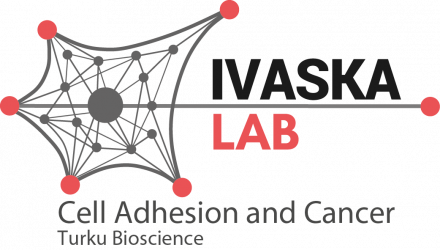.jpg)
Cell Adhesion and Cancer Laboratory
Integrins, matrix, motility and mechanotransduction in cancer
Welcome to our lab
We are interested in understanding how integrins contribute to almost every step of cancer progression. Current projects focus on finding novel regulators of integrin activity, and endo/exosomal traffic, and on appreciating the mechanisms controlling tumour-stroma cross-talk, including how cancer cells sense key biophysical cues. We are also investigating signal integration and synergy between integrin regulatory pathways and oncogenic signalling axes in cancer.
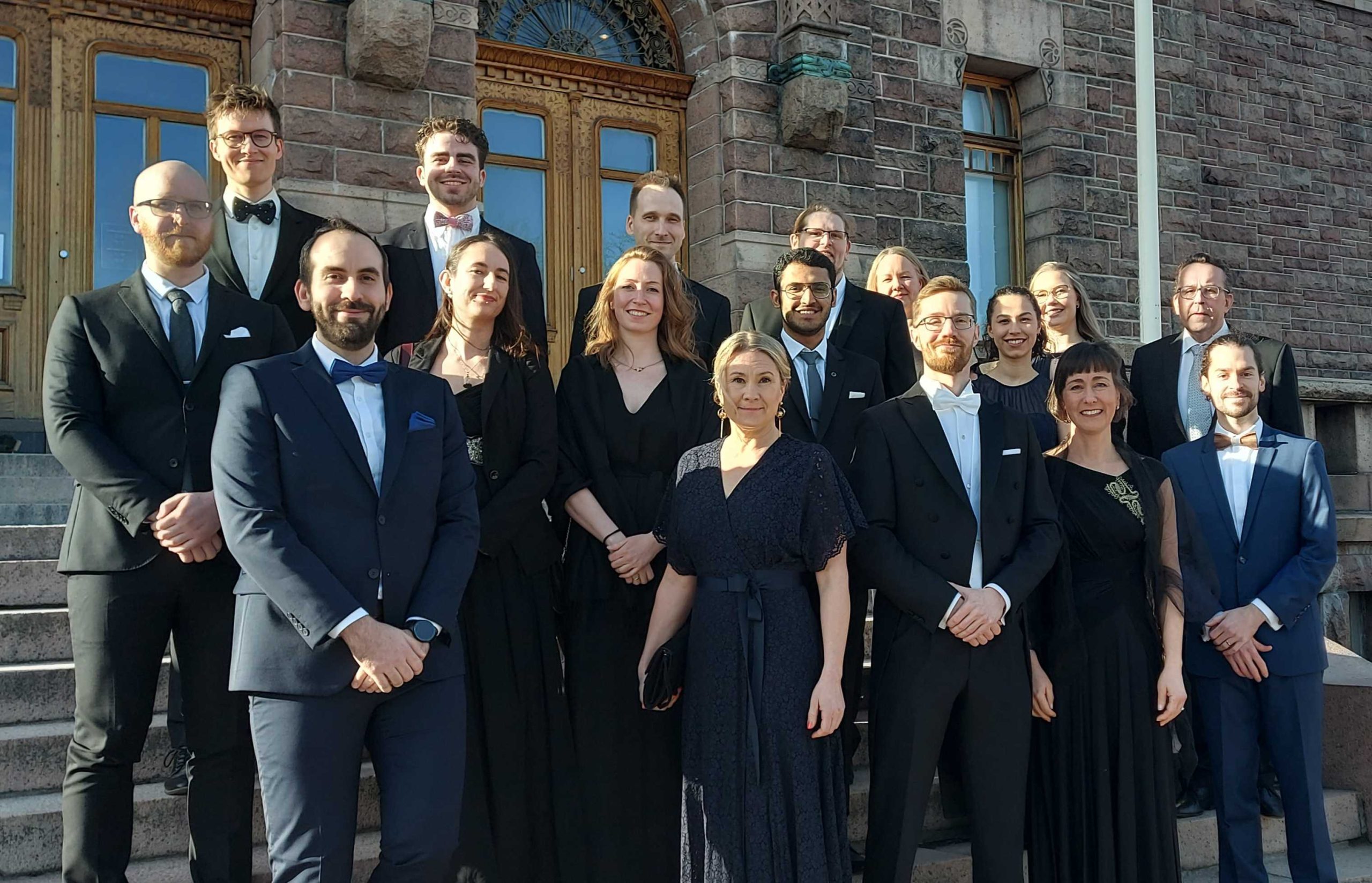
Our research

Microenvironmental containment of tumors
Read More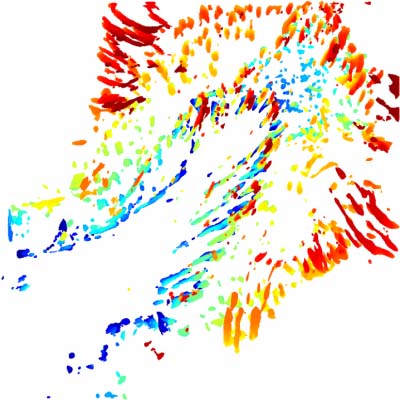
Cell adhesion and cancer
Read More
Integrin trafficking
Read More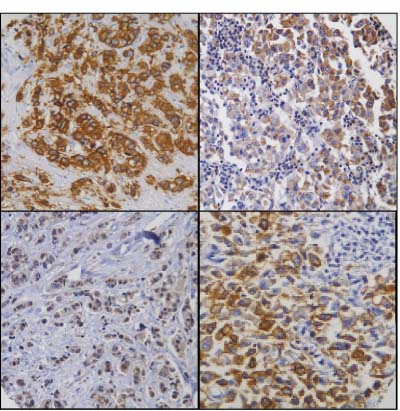
Receptor tyrosine kinase trafficking
Read More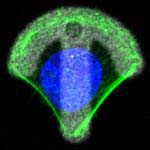
Biophysical regulation of cancer cells
Read More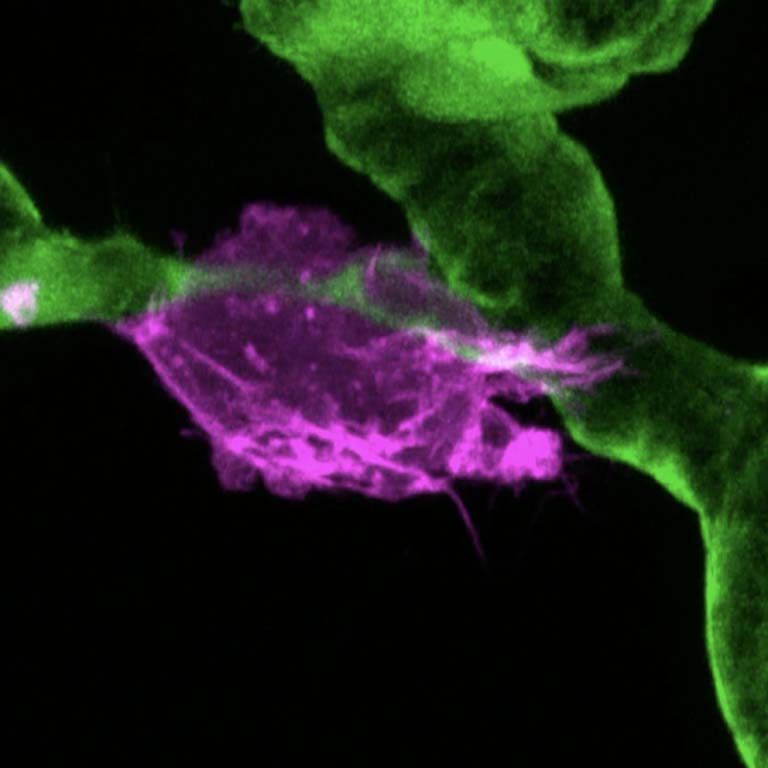
Imaging metastasis
Read More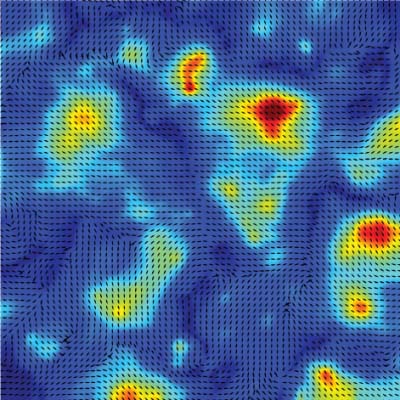
Tools for mechanobiology
Read More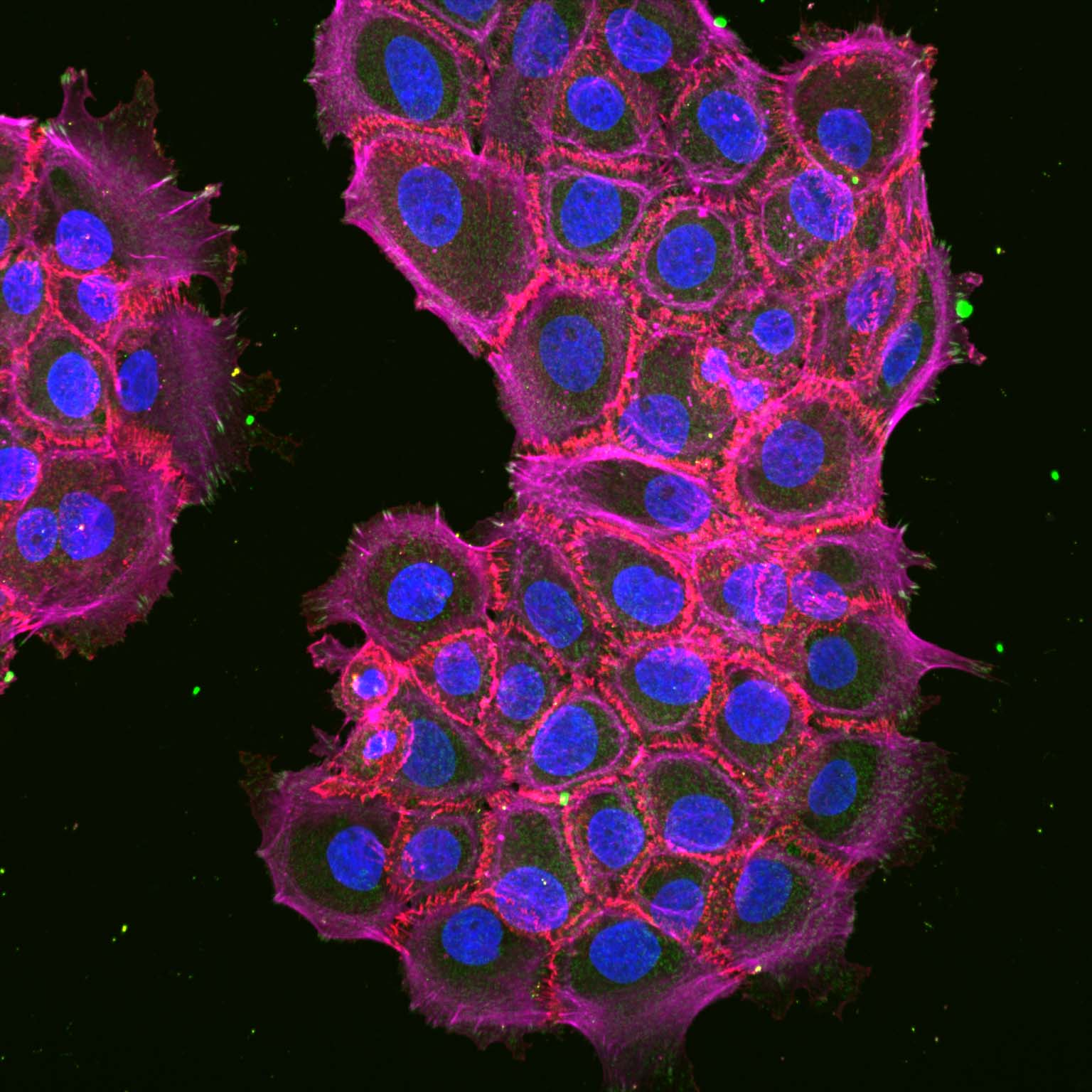
The link between cell states and disease
Read MoreRecent publications
Friday, June 20, 2025
Stem Cell Reports. 2025 Jun 17:102538. doi: 10.1016/j.stemcr.2025.102538. On...
Monday, May 26, 2025
Nat Cell Biol. 2025 May 26. doi: 10.1038/s41556-025-01663-4. Online ahead of...
Tuesday, April 08, 2025
Dev Cell. 2025 Apr 7;60(7):979-981. doi: 10.1016/j.devcel.2025.03.006.
ABSTR...
Tuesday, December 17, 2024
Sci Signal. 2024 Dec 17;17(867):eado6057. doi: 10.1126/scisignal.ado6057. Ep...
Tuesday, October 29, 2024
Cell. 2024 Oct 22:S0092-8674(24)01146-2. doi: 10.1016/j.cell.2024.09.046. On...
Monday, October 07, 2024
bioRxiv [Preprint]. 2024 Aug 23:2024.08.22.609159. doi: 10.1101/2024.08.22.6...
Monday, September 30, 2024
Nat Rev Mol Cell Biol. 2024 Sep 30. doi: 10.1038/s41580-024-00777-1. Online ...
Thursday, September 12, 2024
Nat Commun. 2024 Sep 12;15(1):8002. doi: 10.1038/s41467-024-52326-1.
ABSTRAC...
Recent news
Tuesday, May 20, 2025
We are very proud to announce that the boss receive...
Monday, December 02, 2024
Congratulations, Dr Kaivola! Jasmin defended her th...
Monday, September 23, 2024
Congratulations, Nicolas, on successfully defending...
Tuesday, April 16, 2024
We proudly announce that the lab has received an ER...
Friday, April 12, 2024
Congratulations, Aleksi, on successfully defending ...
Friday, June 02, 2023
Johanna has been appointed a member of the Academia...
